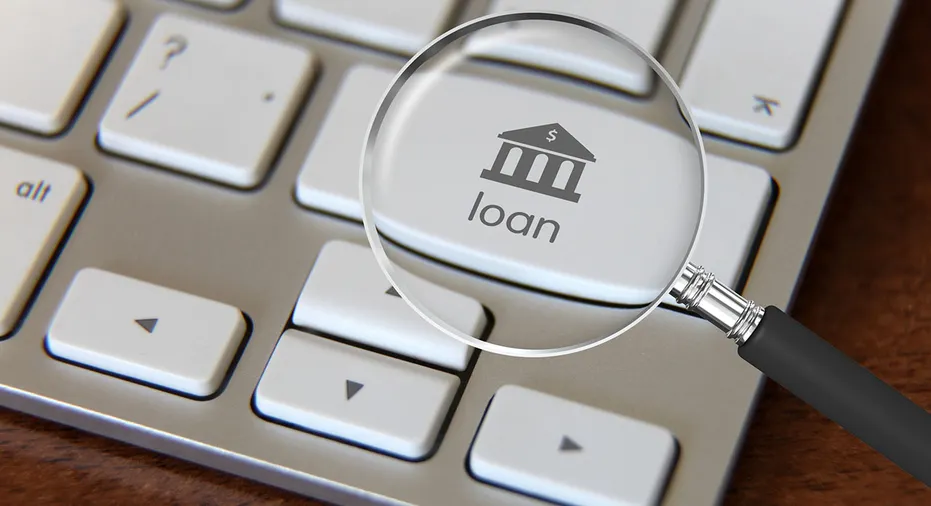
As a lender looking to gain an edge in performance and appeal to a wider range of buyers, offering eClosings is a good way to start. While many lenders are familiar with digital closings, a few understand how valuable eClosings can be to their business.
Even better, lenders can reap the benefits of eClosings without offering a fully digital close; every element of an eClosing, from online notarization to eNotes, delivers a return on investment (ROI). Before exploring the benefits of a digital closing or eClosing, let’s take a look at what it is.
What is a digital closing?

A digital closing expedites the closing process on a home by processing some documents electronically, including online notarization and eNotes. For a full eClosing, all parties involved, including lenders, title agents, and home buyers, can complete a mortgage closing remotely.
However, not all documents qualify for a digital signature, meaning at some stages of the closing, the involved parties need to sign printed documents physically. Below are the elements that a fully digital closing involves.
- Electronic documents. The borrower digitally receives documents in the loan package so they can sign electronically.
- eSignature. An electronic signature is an accepted online alternative to an ink or wet paper signature.
- Remote online notarization. Loan closing participants validate identity, sign and notarize electronic documents during a virtual session.
- eNote. An eNote is an equivalent version of a traditional promissory note completed as part of a transaction.
- Electronic recording. This process involves submitting documents for recording online. Once the county reviews and records, they return the approved documents to the submitter electronically.
Benefits of a digital closing

An eClosing allows a mortgage loan closing to happen electronically, unlike a traditional closing that must be done in person. It can also be a hybrid of the two, whereby some documents can be printed and signed by hand while others can be signed electronically. The benefits of a full or hybrid eClosing include:
A streamlined closing experience
The closing is the final, celebratory step in the home-buying process for borrowers, yet it’s often opaque, stressful and rushed. Digital closings allow borrowers to review paperwork and eSign before the closing process. This is convenient and reduces borrowers’ stress upon seeing their documents for the first time at the closing table.
Less paperwork
Mailing paper documents back and forth is time-consuming and creates more work for lenders. But digital closings, a hybrid closing or eClosing, reduces or eliminates the need for paperwork. Furthermore, with reduced paperwork, lenders spend less time downloading, printing and scanning files.
Greater accuracy
The numerous pages in a loan package make it more likely for anyone to miss a signature or notarization when flipping through each sheet of paper. However, the risk is greatly minimized with hybrid closings and eClosings.
Increased security
It is easy to misplace or lose papers in the mail. Additionally, if they land in someone else’s hands, you can’t protect nonpublic personal information, like financial details and social security numbers. But digital closings offer digital audit trails, tamper-evident seals, and restrictions on document access.
Potential downsides and barriers to eClosing

While eClosing offers numerous benefits, it has some limitations, which keep it from being standardized and universally available. These downsides include the following:
Legal issues
Different regions and states have different laws and requirements, including standards for government-sponsored enterprises. If closing with a buyer in another state, that state must allow online notarization. Although some states haven’t legalized using an online notary, many are moving in that direction. About half of the US states allow notaries to work remotely.
Technology barrier
The technologies involved need to be more user-friendly and intuitive for employees, borrowers, and third-party users involved in transactions. Potential digital solutions should involve a smart, clean UI that makes onboarding and adoption significantly smoother for internal and external teams.
Another barrier to eClosing is that all parties need to be on board for a digital closing to be possible; this includes lenders. It is, therefore, no surprise that the biggest hurdle to eClosing wherever you are in the world is adoption.
Closing on a home does not have to be lengthy and intensive for everyone involved. Digital closing is the way to go; with no paper and no need for in-person signing, lenders offer flexibility and convenience in the closing process – a competitive edge that appeals to the modern homebuyer.








